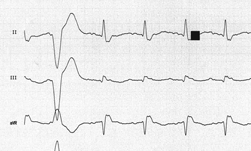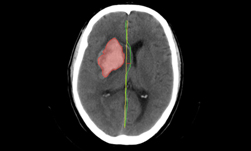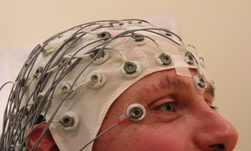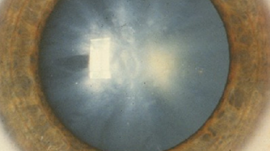Researchers from University of College Cork in Ireland developed a deep learning-based monitoring system that automatically detects seizures as they occur which can help improve the outcomes for these babies who have a difficult start in life.
Detecting when a newborn is having a seizure is very difficult for healthcare professionals since they often don’t show any visible signs – and is one of the most common indicators of a serious neurological condition.
According to the researcher’s paper, seizures cannot be detected without monitoring the EEG and interpreting the tiny electrical impulses requires highly trained pediatric neurologists and limited to specialized units that are not always available.
“You can’t retrospectively treat a seizure which is why seizure detection systems are so important,” explains Alison O’Shea, a PhD candidate with the Irish Centre for Fetal and Neonatal Translational Research (Infant) at University of College Cork. “The brain can be damaged during a seizure, but the earlier you can alert staff to the fact that a seizure is occurring and treat the baby with medication, the better the outcome for the baby. This algorithm will not mean the end of diagnostic experts, but rather will be a helper at the cot side and an early alarm system.”
Using a TITAN X GPU and fully convolutional neural networks, the team trained their model on a dataset of 835 hours of EEG waveforms from the NICU at Cork University Maternity Hospital – consisting of nearly 1,400 seizures from 18 term newborns that experienced seizures from a hypoxic-ischemic encephalopathy brain injury.
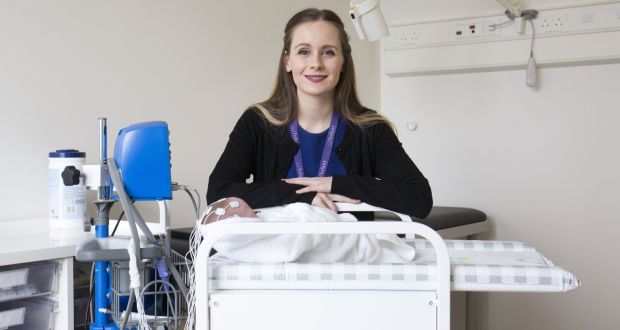
“The fact that we were able to match and outperform many machine learning algorithms which have been worked on for years without the aid of any clinical knowledge (features) was very unexpected. I believe this by-passing of feature extraction could really prove it’s worth when it comes to signals where our clinical knowledge is more limited such as the pre-term baby brain,” O’Shea says.
Read more >
Real-Time Seizure Detection of Newborn Infants
Dec 19, 2017
Discuss (0)

Related resources
- DLI course: Deep Learning for Industrial Inspection
- DLI course: Building a Brain in 10 Minutes
- GTC session: Generative AI Theater: 15 Minutes to Change the World: Generative AI in Healthcare
- GTC session: Live from GTC: A Conversation with Startups on End to End Computer Vision
- GTC session: Edge-Enhanced Ensemble Learning Approach for Super-Resolution of T2-Weighted Brain MR Images
- NGC Containers: MATLAB
